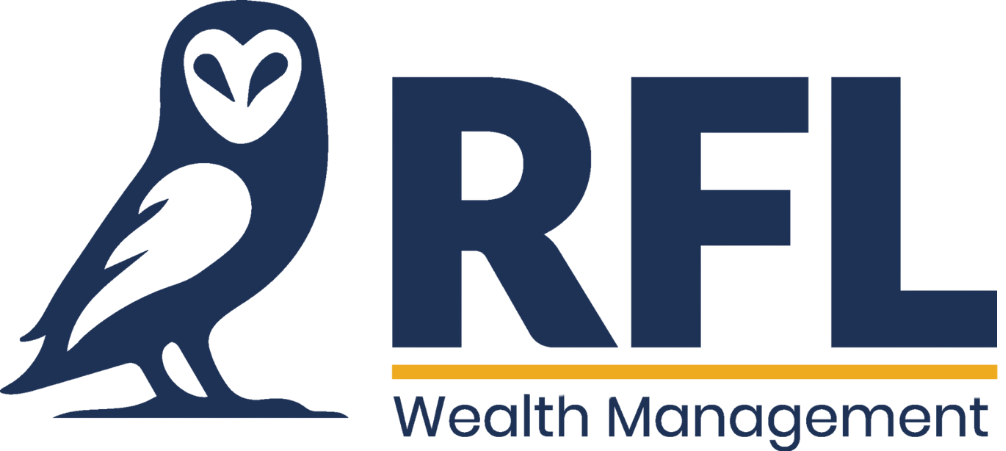10 Best Ways To Save For Your Child’s Education In Canada

Education is a priceless gift that parents can provide for their children. As the cost of education continues to rise, it’s essential to plan ahead and save for your child’s educational future. In Canada, there are several effective ways to save for your child’s education that can help alleviate the financial burden when the time comes for them to pursue higher learning. In this post, we will explore the 10 best ways to save for your child’s education in Canada.
Registered Education Savings Plan (RESP)
One of the most popular and effective ways to save for your child’s education in Canada is through a Registered Education Savings Plan (RESP). RESP is a government-approved savings account that offers tax advantages and various investment options. The main advantage of an RESP is the Canada Education Savings Grant (CESG), where the government contributes a certain percentage of your contributions, up to a maximum amount per year. This grant significantly boosts your savings over time.
Tax-Free Savings Account (TFSA)
A Tax-Free Savings Account (TFSA) is another excellent option for saving for your child’s education. While TFSA contributions are not specifically designed for education, they offer the advantage of tax-free growth and withdrawals. Any investment gains within the TFSA are not subject to taxation, allowing your savings to grow more efficiently over time. This flexibility makes TFSA a versatile tool for saving for various financial goals, including education.
Canada Learning Bond (CLB)
The Canada Learning Bond (CLB) gives lower-income families the chance to get their child’s education savings off to a strong start. For eligible families, the CLB provides an initial sum as well as additional contributions. With the help of this government program, low-income families are urged to begin saving early for their children’s post-secondary education.
High-Interest Savings Accounts
High-interest savings accounts are a low-risk option for parents looking to save for their child’s education. These accounts offer competitive interest rates, ensuring your money grows steadily over time. While the returns may not be as high as some investment options, the security and accessibility of funds make high-interest savings accounts an attractive choice for risk-averse parents.
Education Savings ETFs and Mutual Funds
Education Savings Exchange-Traded Funds (ETFs) and mutual funds provide diversified investment options tailored for education savings. These investment vehicles allow you to invest in a broad range of assets, such as stocks and bonds, managed by professionals. While they carry some level of risk due to market fluctuations, they offer the potential for higher returns over the long term.
Heritage Education Funds
Heritage Education Funds are a group of RESP providers that offer various investment options to help parents save for their children’s education. These plans come with different levels of risk and potential returns, allowing you to choose the one that aligns with your financial goals and risk tolerance. Heritage Education Funds provide a structured approach to education savings.
Prepaid Tuition Plans
Some provinces in Canada offer prepaid tuition plans that allow parents to pay for future education at today’s prices. These plans lock in the current cost of tuition, protecting you from future increases. While these plans offer stability, it’s essential to consider factors like the flexibility to choose institutions and programs before committing to a prepaid plan.
In-Trust Accounts
In-trust accounts are informal arrangements where parents invest money on behalf of their child. While they lack the tax advantages of RESPs, they offer more flexibility in terms of investment options and usage of funds. However, it’s crucial to be aware of potential tax implications when the child reaches the age of majority.
Automatic Savings Plans
Setting up automatic savings plans, such as pre-authorized contributions, can help you save consistently without the temptation to spend the funds elsewhere. This approach ensures that you prioritize your child’s education savings and stay on track to reach your financial goals.
Consult a Financial Advisor
Navigating the various education savings options in Canada can be complex. Consulting a financial advisor can provide you with personalized advice based on your financial situation, goals, and risk tolerance. A professional can help you create a tailored education savings plan that maximizes your savings potential while considering tax implications and other relevant factors.
Planning for your child’s education in Canada requires foresight, discipline, and careful consideration of the available savings options. Whether you opt for a government-sponsored RESP, a tax-efficient TFSA, or other investment vehicles, the key is to start saving early and remain consistent in your efforts. By leveraging the 10 best ways to save for your child’s education in Canada, you can provide them with the gift of a bright and financially supported educational future.
